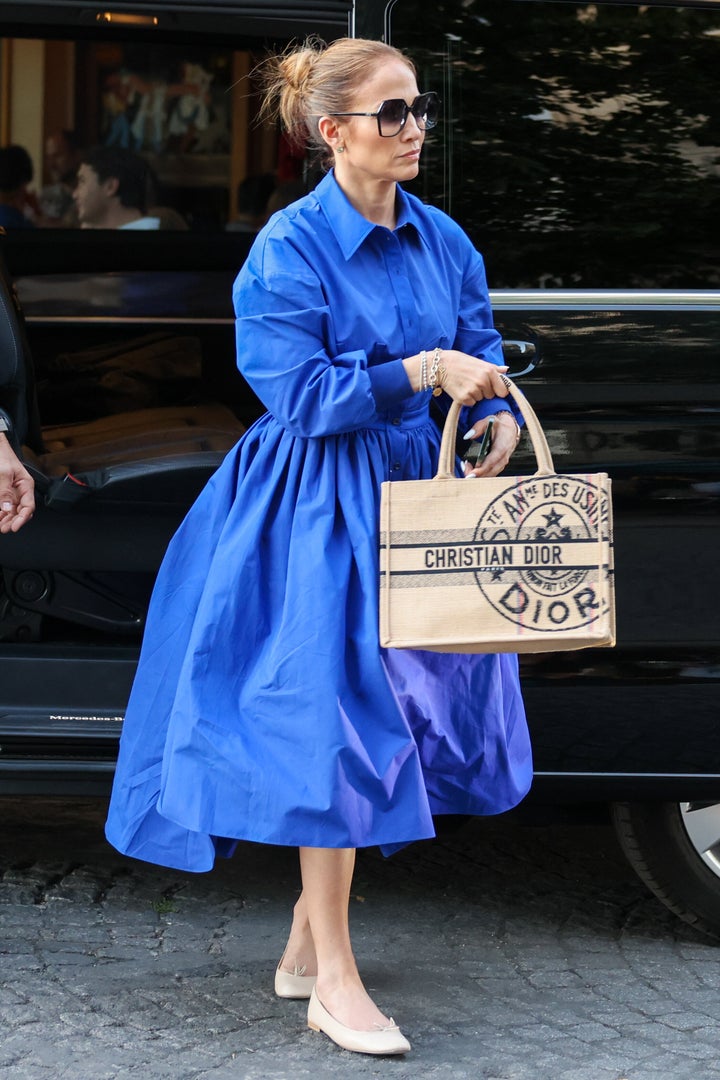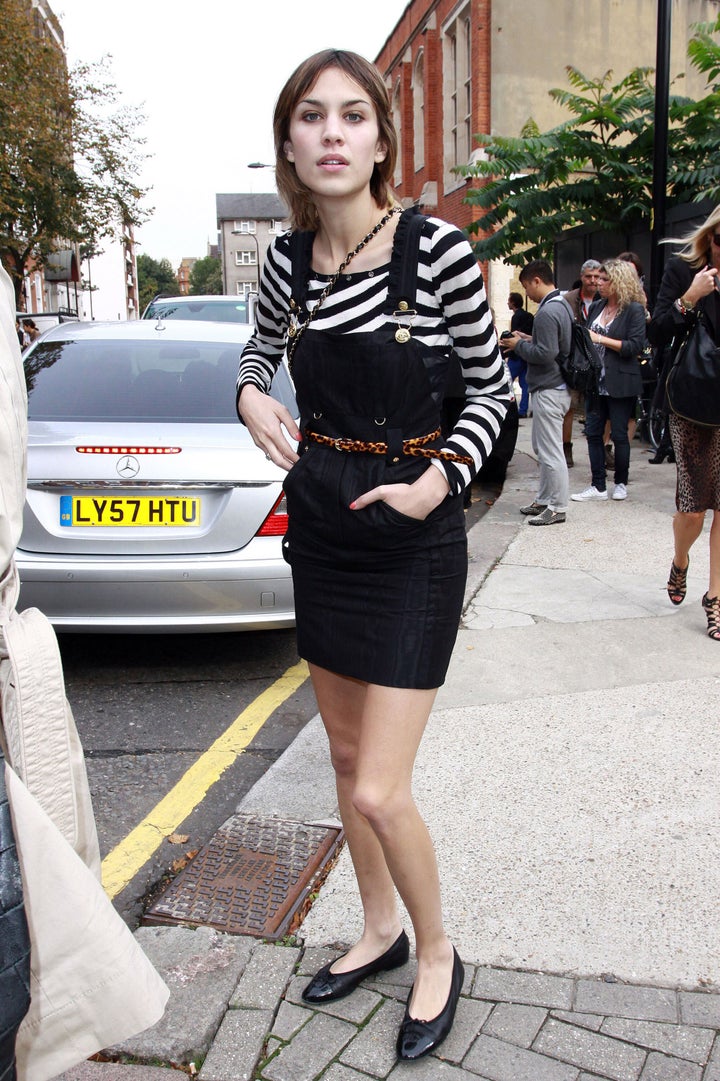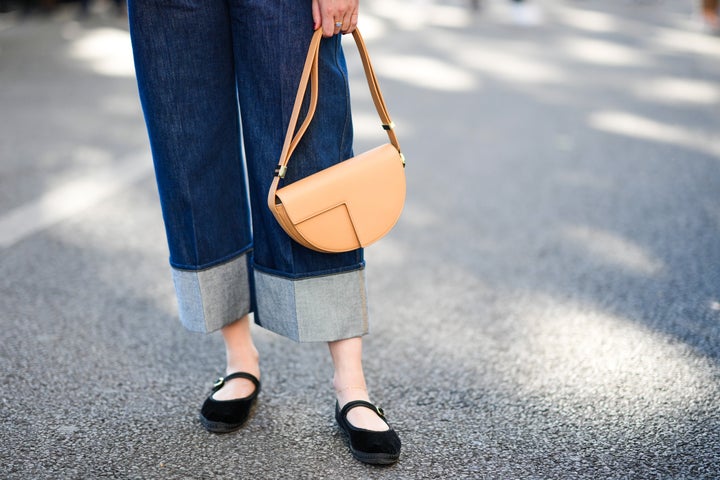
Ballet pumps are making a comeback, with celebs including J-Lo (or should we say Mrs Jennifer Affleck?), sporting the 00s trend, alongside a chorus line of models and influencers.
But there’s one group of people who are pretty dismayed by the return of this super versatile noughties look… and that’s chiropodists, or podiatrists as they’re more widely known.
Emma McConnachie, who is a practicing podiatrist and Royal College of Podiatry spokesperson, tells HuffPost UK wearing such shoes repeatedly can cause “calluses, corns and in some cases, fractures”. Although the latter, she notes, is something she’s only seen happen “a handful of times” in her practice.
Even still, not great.

Why are ballet pumps so bad for your feet?
Ballet pumps tend to have very thin, flat sole, which offer that trademark chic appearance but aren’t necessarily great news for the trotters.
The flat soles offer no support and because there’s not usually a strap across the top of the foot, they don’t stay on easily – meaning you alter the shape of your foot to try and keep them from falling off.
The base of the she also doesn’t cover the entire sole of the foot, resulting in the width of your foot when standing becoming “much wider” than the sole of the pumps, says Emma McConnachie.
“These all can cause various issues for the feet both in the short-term and the long-term.”

The lack of a strap to keep the shoes snug to the foot means people have a tendency to claw their toes as they walk in an effort to prevent themselves walking straight out of them.
In the short-term, this can cause blisters and corns, explains the podiatrist, and in the long-term it can cause the toes to claw and permanently change shape leaving you with, for want of a better word, Monster Munch feet.
The thinner soles also provide very little shock absorption between the foot and the ground. In winter this is especially problematic and McConnachie sees patients presenting with painful feet from soft tissue damage and chilblains caused by wearing the shoes with bare feet.
“The lack of support in the shoes can cause foot cramps as well as foot, ankle, knee and hip pain for some people,” she adds – and for those with naturally lower arches, the shoes are (understandably) even more problematic.
But it’s not all doom and gloom, you can still get on board with the trend without turning your lovely tootsies into permanently clawed creations.

While you probably shouldn’t be wearing ballet pumps all the time, they are ok for adults to wear on occasion – for example, at events or on a night out, advises the podiatrist.
“We recommend that a person should be wearing shoes that are appropriate for their feet at least 80% of the time as a minimum,” says McConnachie.
She advises buying ballet pumps with thicker, cushioned soles and that aren’t very narrow across the arch. “Avoid the ones that look like they have a cardboard, glued-on sole similar to the outline of a footprint,” she warns.
“Ideally you should also have a band or strap across the middle of the foot to help hold it on.”
Interestingly, more expensive shoes don’t necessarily mean they’re better for your feet. “There are designer ballet pumps out there at £300 that are just as bad as the ones at £10,” says McConnachie.
Your best bet is to buy shoes that are well-made. “Try to aim for a classic style that will go with lots of outfits instead of cheaper, poorly-made pairs in lots of colours or designs,” she says.
“And keep an eye out in the sales and at outlet stores, too. You don’t always need to buy current season to get the style you want.”